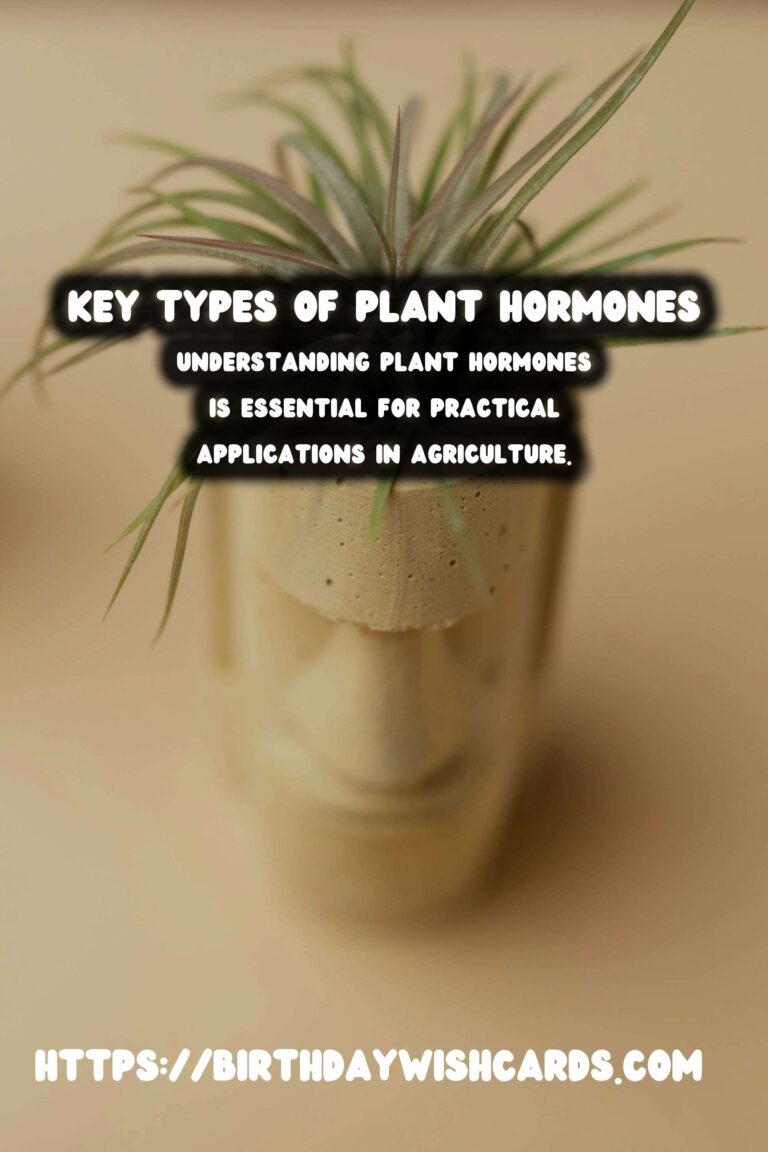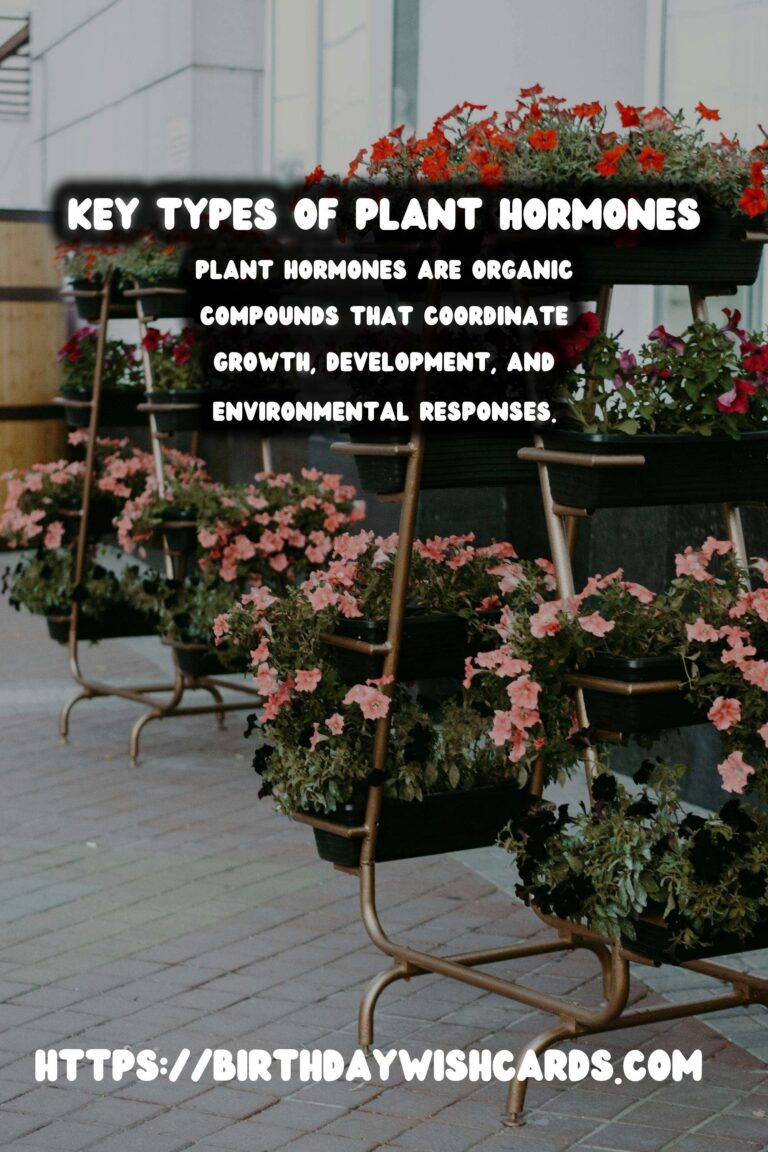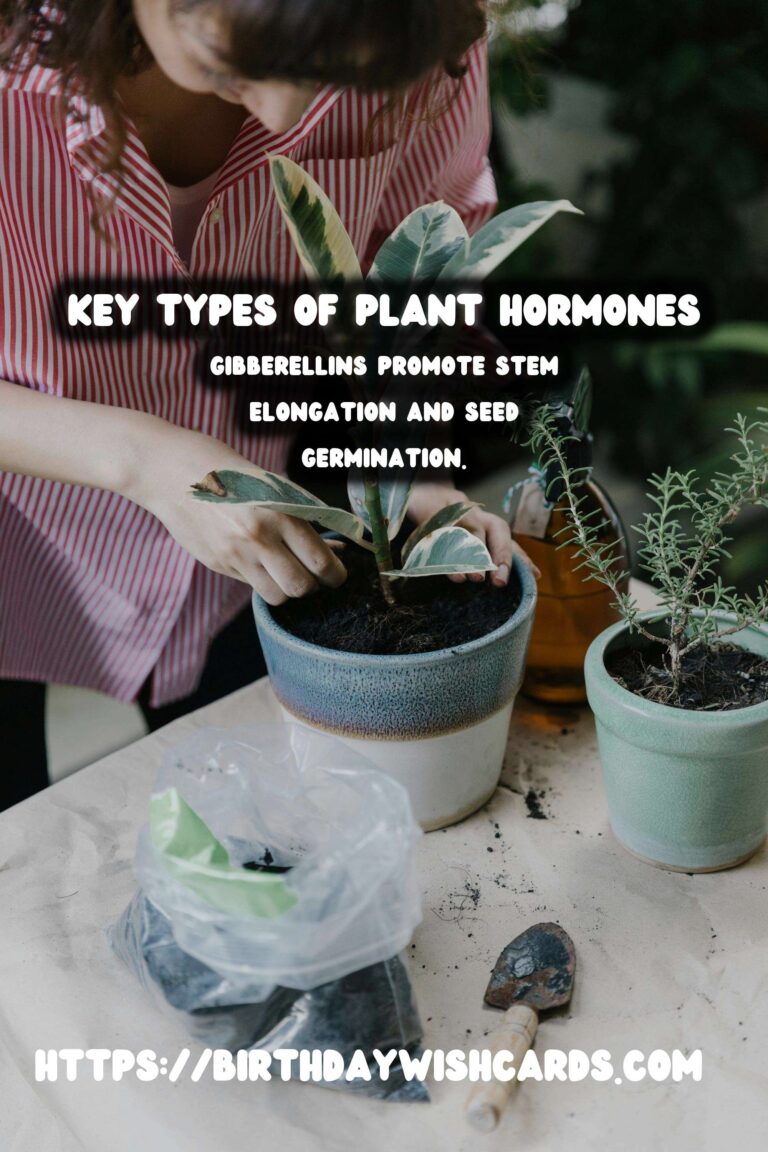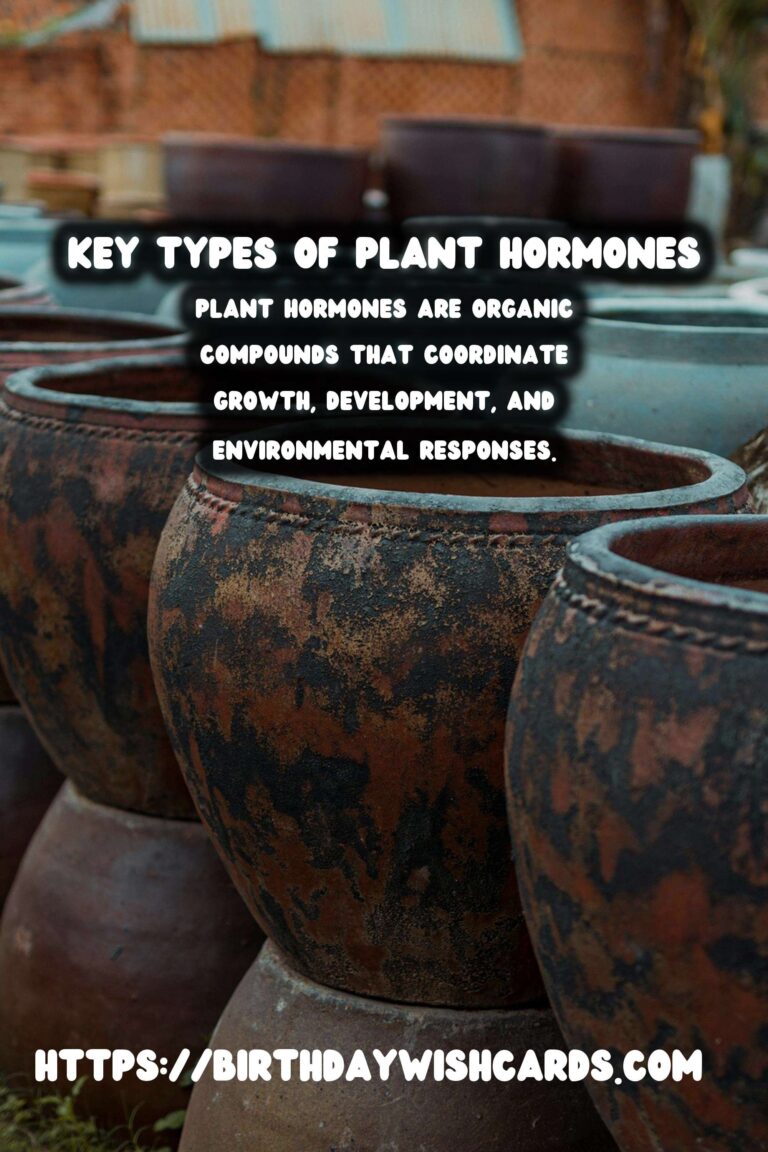
Plants, much like animals, rely on a complex system of hormones to regulate their growth, development, and responses to environmental stimuli. These chemical messengers, known as plant hormones, play crucial roles in almost every aspect of a plant’s life cycle, from seed germination to flowering and fruiting.
What Are Plant Hormones?
Plant hormones are organic compounds produced in small quantities in one part of the plant and then transported to other parts where they exert their effects. These hormones help in coordinating the growth, development, and responses to environmental changes. Unlike animal hormones, plant hormones are not produced in specialized glands but are synthesized in various tissues throughout the plant.
Types of Plant Hormones
There are five major types of plant hormones, each serving unique functions:
1. Auxins
Auxins are primarily responsible for cell elongation, a vital process for plant growth. They also play a critical role in phototropism, where plants grow towards light, and gravitropism, where roots grow downwards in response to gravity. Additionally, auxins regulate the development of fruit and the shedding of leaves.
2. Gibberellins
Gibberellins are essential for promoting stem elongation, seed germination, and flowering. They help break seed dormancy and are used in agriculture to increase the size of fruits and flowers.
3. Cytokinins
Cytokinins promote cell division and growth, influencing tissue growth and differentiation. They work in conjunction with auxins to control the growth of shoots and roots. Cytokinins also delay aging in leaves, helping plants maintain their green color longer.
4. Ethylene
Ethylene is a gaseous hormone involved in the ripening of fruits and the response to stress conditions such as drought or flooding. It also regulates leaf abscission and flower wilting.
5. Abscisic Acid (ABA)
Abscisic Acid plays a crucial role in helping plants cope with stress by inducing stomatal closure during water deficit conditions. It also helps in seed dormancy and germination.
How Do Plant Hormones Work?
Plant hormones interact with specific receptors in target cells, leading to the activation of signal transduction pathways. These pathways regulate gene expression, resulting in physiological and developmental changes. The balance and concentration of different hormones determine the ultimate effect on the plant.
Applications of Plant Hormones
Understanding plant hormones has practical applications in agriculture and horticulture. By manipulating hormone levels, farmers and gardeners can enhance plant growth, increase yields, and control the timing of flowering and fruiting.
Conclusion
Plant hormones are vital to the life of plants, orchestrating growth, development, and responses to the environment. By appreciating how these hormones work, we can better manage plant health and productivity, leading to more efficient agricultural practices.
Plant hormones are organic compounds that coordinate growth, development, and environmental responses. There are five major types of plant hormones: auxins, gibberellins, cytokinins, ethylene, and abscisic acid. Auxins are responsible for cell elongation and play a role in phototropism and gravitropism. Gibberellins promote stem elongation and seed germination. Cytokinins promote cell division, growth, and delay leaf aging. Ethylene is involved in fruit ripening and stress responses. Abscisic Acid helps plants cope with stress and induces seed dormancy. Understanding plant hormones is essential for practical applications in agriculture. 









#PlantHormones #Botany #Gardening #Agriculture #PlantGrowth




